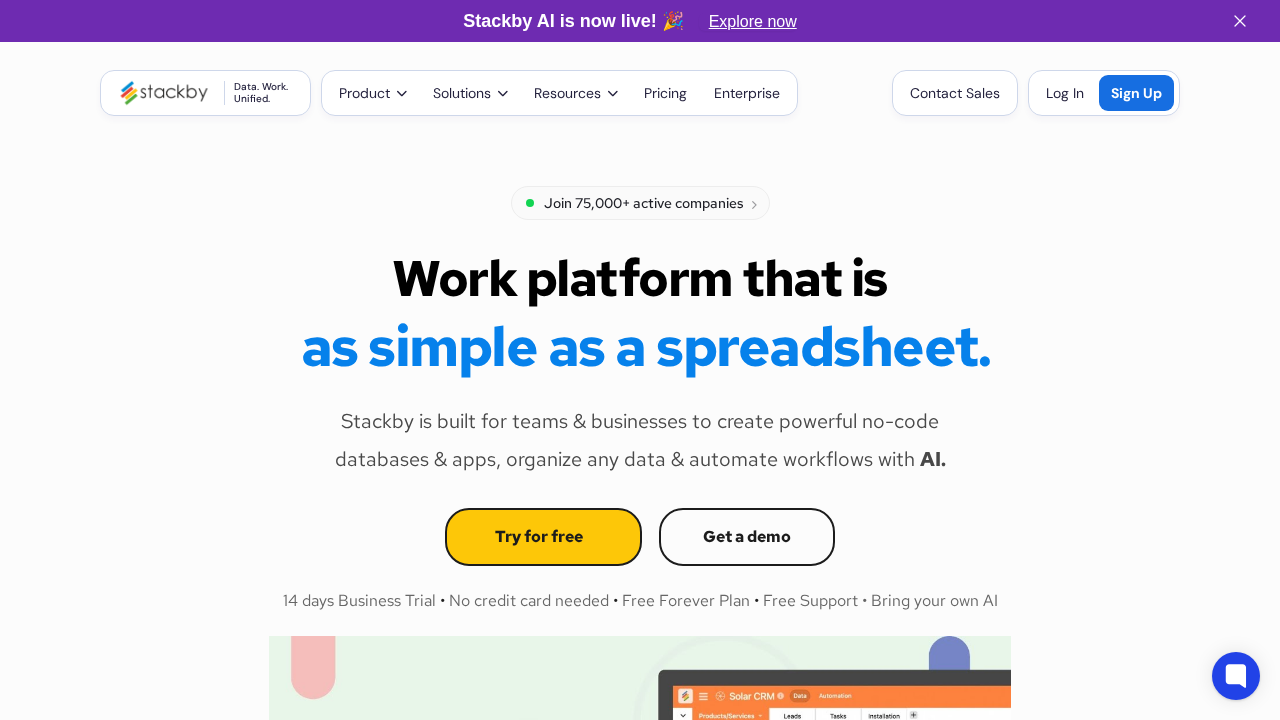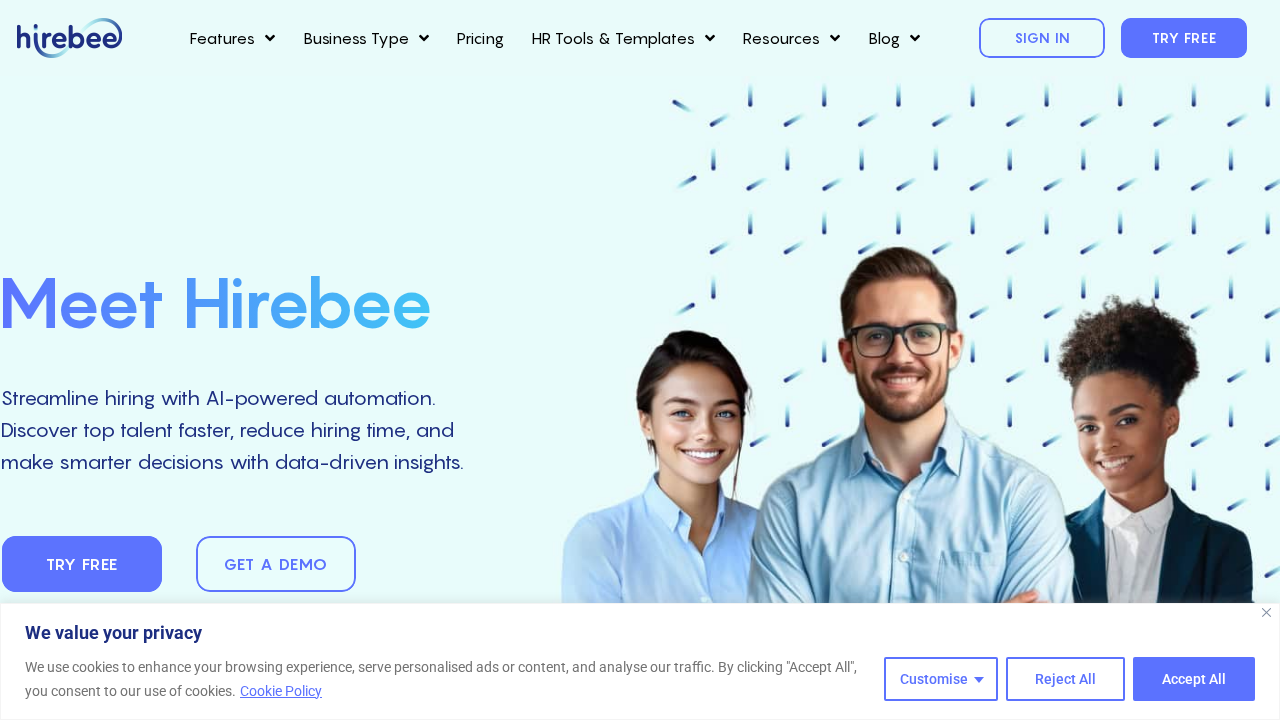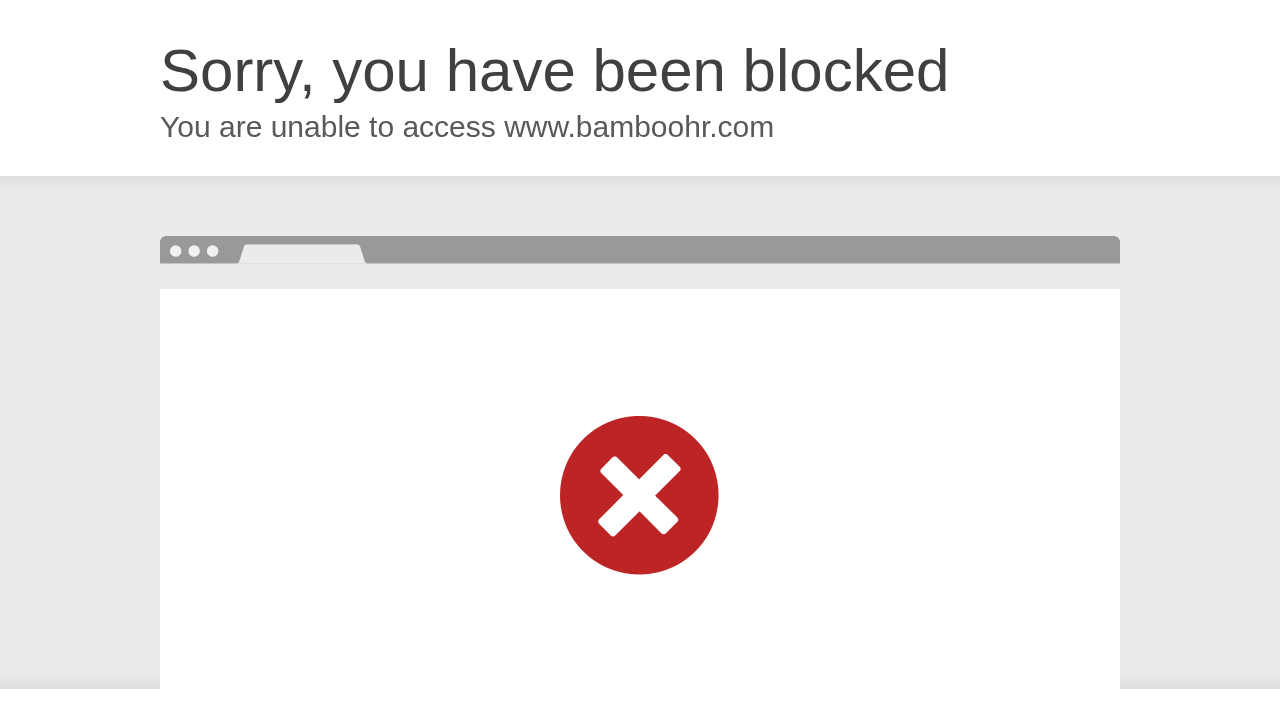In the fast-paced world of HR, the way you manage data and create reports can often dictate your team’s efficiency and success. As we step into 2025, it’s time to rethink how HR teams handle their daily workloads—and one answer lies in the power of automation. Gone are the days of spending countless hours sifting through spreadsheets or struggling with manual processes. Imagine a world where your HR reports essentially create themselves, freeing your team to focus on real human connections and strategic decisions.
In this blog post, we’ll explore the top solutions revolutionizing HR workflows to help you automate those tedious tasks seamlessly. From simple no-code platforms to cutting-edge AI assistants, this list will introduce you to tools that promise to save time, reduce errors, and elevate your team’s impact. Get ready to supercharge your HR reporting process and unlock new potential within your organization.
Top apps:
1. Moodbit Copilot
2. Stackby
3. Hirebee
4. BambooHR
5. Rippling
Moodbit Copilot

The main purpose of Moodbit Copilot is to empower HR teams, team leads, and small-to-medium businesses (SMBs) by transforming complex people data and documents into instant, actionable insights. It facilitates workflow automation, integrations, and proactive HR support, helping teams focus more on strategic tasks and improve operational efficiency in the workplace.
Pros
- Instant and proactive insights: By employing conversational analytics, the app eliminates the need for technical expertise, allowing users to ask natural-language questions and receive actionable data effortlessly.
- Time-saving automations: It significantly reduces manual efforts in creating HR reports, managing documents, and responding to repetitive employee inquiries, saving hours for HR teams.
- Cross-functional usability: Benefits extend across various departments, including recruitment, onboarding, internal communications, and operations, making it versatile and invaluable across the organization.
- Comprehensive integrations: Supporting platforms like Slack, Microsoft Teams, Google Workspace, and SAP, the app centralizes HR workflows while reducing tool-switching complexities.
- Prioritized wellbeing actions: It takes employee sentiment and survey data a step further by generating practical follow-ups and engagement initiatives, ensuring workplace satisfaction.
- Enterprise-grade security: With a focus on privacy, access control, and compliance, the app provides both scalable and secure solutions for businesses of all sizes.
- Interface accessibility: Designed for non-technical users, its conversational and intuitive design makes data retrieval fast and seamless for all managers.
Use Cases
- HR analytics simplification: HR professionals can query complex workplace data trends, such as employee engagement or well-being metrics, without the need for expert technical skills.
- Document-based insights: Quick processing of HR-related documents like contracts or surveys allows users to derive valuable summaries and actionable recommendations instantly.
- 24/7 employee support: The embedded chatbot provides around-the-clock assistance for policy clarification, benefits explanations, and resolving routine HR queries, reducing ticket backlog and enhancing employee satisfaction.
- Automated workflows: HR teams and managers can schedule routine reporting, streamline survey follow-ups, or automate meeting summaries with ease, minimizing administrative burden.
- Manager decision-making: With tailored strategies and prioritized next steps, managers receive the specificity they need to act quickly on talent management and employee concerns.
- Scalable small-team efficiencies: Ideal for lean HR teams, it supports larger workforces while maintaining a high quality of service, enabling operational scalability effortlessly.
Stackby

Stackby is a no-code online spreadsheet and database platform that allows teams and businesses to create custom workflows, manage data, and automate processes. It combines the simplicity of spreadsheets with the power of relational databases.
Pros
- Offers a no-code solution that makes database creation simple and accessible for non-technical users.
- Includes features such as multiple views (Grid, Kanban, Calendar, etc.) for data visualization.
- Provides more than 1000 pre-built templates for quick setup.
Cons
- Lacks specialized HR-focused features such as sentiment analytics, document intelligence, or actionable recommendations.
- Automations are limited and do not integrate deeply into specialized HR tools compared to full-suite workflow integrations.
- Does not provide real-time conversational analytics or personalized insights tailored to people management.
- Does not include tailored 24/7 chat support for handling HR-related employee queries efficiently.
- AI capabilities are primarily focused on database setup and do not directly contribute to strategic decision-making or people management actions.
Hirebee

Hirebee is an AI-driven recruitment platform designed primarily for small and medium-sized businesses. Its main purpose is to simplify and automate the recruitment cycle, from job postings to candidate management, using AI for candidate ranking.
Pros
- AI-powered candidate screening that ranks candidates based on resumes.
- Integration with platforms like LinkedIn and GitHub through a Chrome extension for easy candidate sourcing.
Cons
- Limited functionality beyond resume-based candidate evaluation, lacking skill assessments or custom questionnaires.
- No mobile application, making it less accessible for remote and on-the-go recruitment processes.
- High cost for its feature set, with basic plans starting at $1,524 annually, potentially unsuitable for startups with limited budgets.
- The AI features primarily focus on resume parsing, which may not provide a holistic evaluation of candidates’ practical skills.
- Heavy dependence on job board management instead of offering broader HR process automation capabilities.
BambooHR

BambooHR is an all-in-one HR platform designed to streamline HR processes by integrating workflows such as payroll, benefits administration, and employee data management. It aims to create efficient HR operations for businesses of all sizes.
Pros:
- Comprehensive HR tools for payroll, benefits administration, and time tracking.
- User-friendly interface with simple navigation.
Cons:
- Limited automation capabilities for generating advanced insights or real-time analytics.
- Lacks conversational interfaces for natural language querying, requiring users to interact through traditional UI methods.
- Does not offer instant actionable recommendations or strategy generation based on people data.
- Integrations are more focused on operational workflows but do not include broad collaboration or enterprise-level ecosystem compatibility.
- Does not feature a 24/7 chatbot for HR inquiries or employee policy support, leading to higher manual workload for HR teams.
Rippling

Rippling is a unified workforce management system that combines HR, IT, payroll, and finance functionalities into a single platform. It focuses on streamlining business operations and automating routine tasks, enabling companies to manage employee data and processes efficiently.
Pros
- Combines HR, payroll, IT, and finance management in one platform.
- Supports international workforce management across 185+ countries.
- Offers a no-code development tool (App Studio) for creating custom applications.
Cons
- Focuses heavily on operational aspects like payroll and IT, which may not directly align with HR-centric strategic needs.
- Lacks conversational data analytics or real-time insights tailored for HR-specific applications.
- No functionality for personalized wellbeing and engagement insights or actionable strategy generation.
- Limited emphasis on automating meaningful HR reports or surfacing people-centric trends.
- Does not include a conversational AI assistant for employee interactions or HR support automation.
Conclusions:
The world of HR automation continues to evolve, offering a variety of tools to optimize efficiency. While versatile platforms like Stackby and comprehensive solutions like BambooHR excel in simplifying workflows, they fall short of providing the advanced analytics and actionable insights that modern HR teams demand. Similarly, options like Hirebee and Rippling focus primarily on recruitment or operational tasks, often leaving HR reporting and people-centric strategies underserved.
For those seeking to truly transform their workflow, Moodbit Copilot emerges as the ultimate choice. With its unique blend of generative AI, conversational analytics, and 24/7 chat assistance, Moodbit delivers instant, actionable insights that empower HR teams to make faster, smarter decisions. Whether you need automated reports, sentiment analysis, or tailored strategies for people management, Moodbit Copilot ensures your organization stays ahead of the curve. Its ability to integrate seamlessly with tools like Slack and Microsoft Teams makes it not only a game-changer but also a highly accessible solution for teams of all sizes.
As you consider ways to revolutionize your HR workflows in 2025, don’t just settle for partial solutions. Choose a platform like Moodbit Copilot that combines ease of use, powerful automation, and people-centric intelligence—allowing your HR team to focus on what truly matters: enhancing employee experience and driving organizational success.